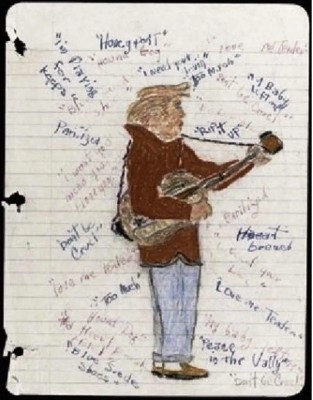Fall of Saigon and The Last Helicopter From Vietnam
The fall of Saigon on April 30, 1975, marked a dramatic and chaotic end to the Vietnam War. This event led to the collapse of the South Vietnamese state and its absorption into the Socialist Republic of Vietnam under communist rule.
The People's Army of Vietnam (PAVN) and the Viet Cong, commanded by General Văn Tiến Dũng, launched their final offensive on April 29, 1975. The Army of the Republic of Vietnam (ARVN), led by General Nguyễn Văn Toàn, faced intense artillery bombardment. By the next afternoon, the PAVN and the Viet Cong had captured key points in the city and raised their flag over the South Vietnamese presidential palace, signaling the end of the war.
Saving Orphans In Operation Babylift
President Gerald Ford announced "Operation Babylift" on April 3, aiming to evacuate 2,000 orphans. A tragic crash killed 155 passengers and crew, but over 2,500 orphans were eventually evacuated.
Operation New Life saw over 110,000 Vietnamese refugees evacuated, with Operation Frequent Wind airlifting 7,000 people from Saigon.
Operation Frequent Wind is Announced
Before the fall, the U.S. initiated Operation Frequent Wind to evacuate almost all American civilians and military personnel, along with tens of thousands of South Vietnamese civilians who were associated with the Republic of Vietnam regime.
Some Americans chose not to be evacuated. The evacuation was the largest helicopter evacuation in history.
Fear of a violent takeover gripped Saigon. American flights were booked solid weeks in advance. The Defense Attaché Office began flying out nonessential personnel. Many Americans refused to leave without their Vietnamese friends, leading to a slow, covert evacuation to the Philippines.
Final Days of South Vietnam
By April 27, PAVN rockets began striking Saigon. President Tran Van Huong resigned on April 28, and General Duong Van Minh took over, hoping to negotiate a ceasefire. But the North Vietnamese weren't interested in talking.
Defected RVNAF pilots bombed Tan Son Nhut Air Base on April 28. Despite sporadic rocket attacks, C-130 flights continued until April 29. As dawn broke, the RVNAF began a chaotic evacuation, with many aircraft fleeing to Thailand or offshore to the American fleet.
Operation Frequent Wind in Full Swing
On April 29, Ambassador Martin activated Operation Frequent Wind. The American radio station played Irving Berlin's "White Christmas," signaling Americans to move to evacuation points. CH-53 and CH-46 helicopters evacuated Americans and friendly Vietnamese to ships in the South China Sea. The DAO Compound evacuation saw 395 Americans and over 4,000 Vietnamese airlifted.
US military pushed helicopters overboard to make room for the last evacuees of the Vietnam War
The U.S. Embassy, initially not a primary evacuation point, became a hub for evacuees. By early April 30, Kissinger and Ford ordered Martin to evacuate only Americans. Reluctantly, Martin complied, and by 4:58 a.m., he was evacuated. The embassy airlift evacuated 978 Americans and about 1,100 Vietnamese. The last Marines left at dawn, with 420 Vietnamese and South Koreans left in the compound.
The Final Assault on Saigon
On April 29, 1975, the People's Army of Vietnam (PAVN) and the Viet Cong launched their final offensive. Commanded by General Văn Tiến Dũng, they bombarded Saigon with artillery. The South Vietnamese Army, led by General Nguyễn Văn Toàn, tried to defend the city. By the next afternoon, the PAVN had captured key points in Saigon and raised their flag over the presidential palace, marking the end of the war.
In the early hours of April 30, General Dũng ordered his forces to advance. The PAVN faced resistance at the Newport Bridge but captured it by 10:30 a.m. Major Pham Chau Tai defended Tan Son Nhut Air Base until 11:30 a.m., when the PAVN entered the base after hearing Minh's surrender broadcast.
At 10:24 a.m., Minh announced an unconditional surrender, ordering all ARVN troops to cease hostilities. Around noon, the PAVN's 203rd Tank Brigade burst through the gates of the Independence Palace. The iconic moment was captured by Australian cameraman Neil Davis. Tank 390, a Chinese Type 59, entered the palace grounds, and Lieutenant Bui Quang Than raised the Viet Cong flag over the building.
Get Free Gifts & Best Stories!
Join our newsletter to get our top stories of the month and free merch.
- 📚 Cool Stories: Read stories you won’t find in textbooks.
- 🎁 Free Gifts: Get exclusive stickers, t-shirts, and more!
Only 1 email a month. No spam, we promise!

